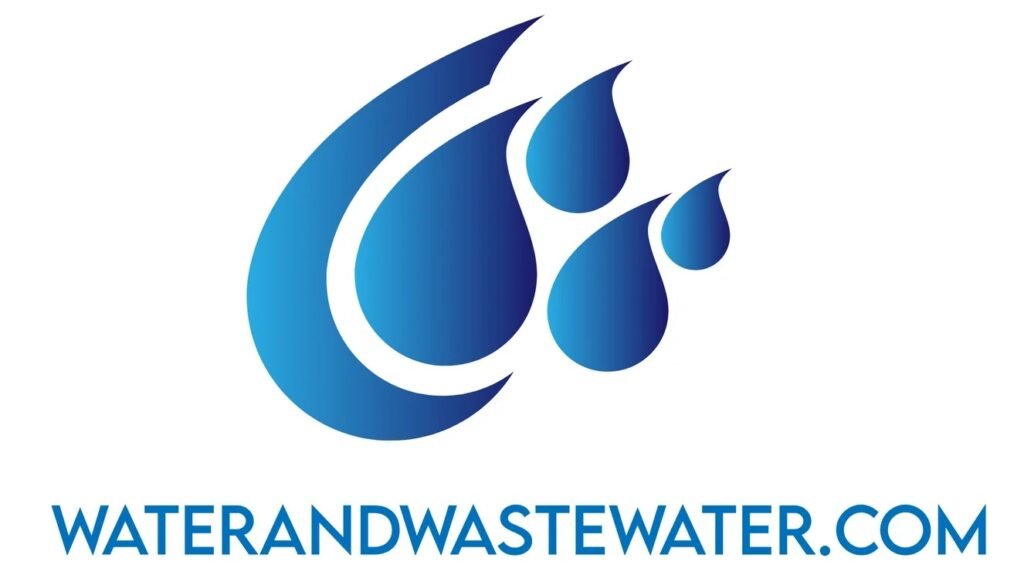
Category: Wastewater
Boron is a ubiquitous element in the environment, often found in various concentrations in wastewater due to industrial processes, agricultural runoff, and household use. Its presence, while natural, can become problematic at high concentrations, posing risks to aquatic ecosystems and human health. The stringent regulatory standards for boron discharge necessitate effective removal methods from wastewater […]
Ultrasonic irradiation in wastewater treatment is an innovative and emerging technology that employs high-frequency sound waves to assist in the cleansing process. This method utilizes the power of ultrasonics to disrupt the cellular structures of pathogens and compounds, leading to their eventual breakdown. It is increasingly recognized for its potential to enhance the effectiveness of […]
Autothermal Thermophilic Aerobic Digestion (ATAD) represents an advanced wastewater treatment technology designed to biologically break down organic sludge with a high degree of efficiency and sanitation. This process operates at elevated temperatures, typically between 45°C to 70°C, which not only accelerates the digestion of organic matter but also ensures the destruction of pathogens. In the […]
Stormwater presents unique challenges when it comes to wastewater systems. When rain falls on urban landscapes, it becomes stormwater runoff, which can carry pollutants into sewer systems and natural water bodies. This runoff often ends up in wastewater treatment facilities, which are primarily designed to handle sewage, not the variable influx of stormwater. As urban […]
Ultraviolet (UV) light combined with hydrogen peroxide (H2O2) is an advanced oxidation process (AOP) that holds significant promise for the treatment of wastewater. By harnessing the power of UV light to activate H2O2, this method produces hydroxyl radicals, which are highly reactive species capable of breaking down a wide range of contaminants, from organic compounds […]
Thermal hydrolysis in wastewater treatment is a process that applies heat and pressure to sludge to break down organic materials more effectively than traditional methods. This process not only reduces the volume of sludge that needs to be disposed of but also enhances the subsequent steps in the wastewater treatment process, such as anaerobic digestion. […]
Blackwater in wastewater refers to the waste fluid that originates from toilets and, sometimes, kitchen sinks within a household or a commercial establishment. This type of wastewater is distinguished from greywater, which comes from sources like showers and washing machines, by its high levels of organic matter, pathogens, and nutrients. As such, blackwater poses a […]
Cascade aerators are a critical component in the treatment of wastewater, serving the primary function of introducing air into the water to increase the dissolved oxygen content. This process is essential for the biological treatment stages of wastewater management, where aerobic bacteria break down organic pollutants. The design of cascade aerators takes advantage of gravity […]
Cation exchange is a critical process in wastewater treatment that involves the replacement of positively charged ions in the water with ions from a solid phase, typically a resin. This method is especially important for removing contaminants such as calcium, magnesium, and heavy metals from wastewater streams. By exchanging undesirable cations for more benign ones, […]
Mixed bed ion exchange is a sophisticated process in wastewater treatment, where ion exchange resins are used in a single vessel to purify the effluent. This process is highly efficient in removing a broad range of contaminants, from heavy metals to organic and inorganic pollutants, through the exchange of ions between the wastewater and the […]